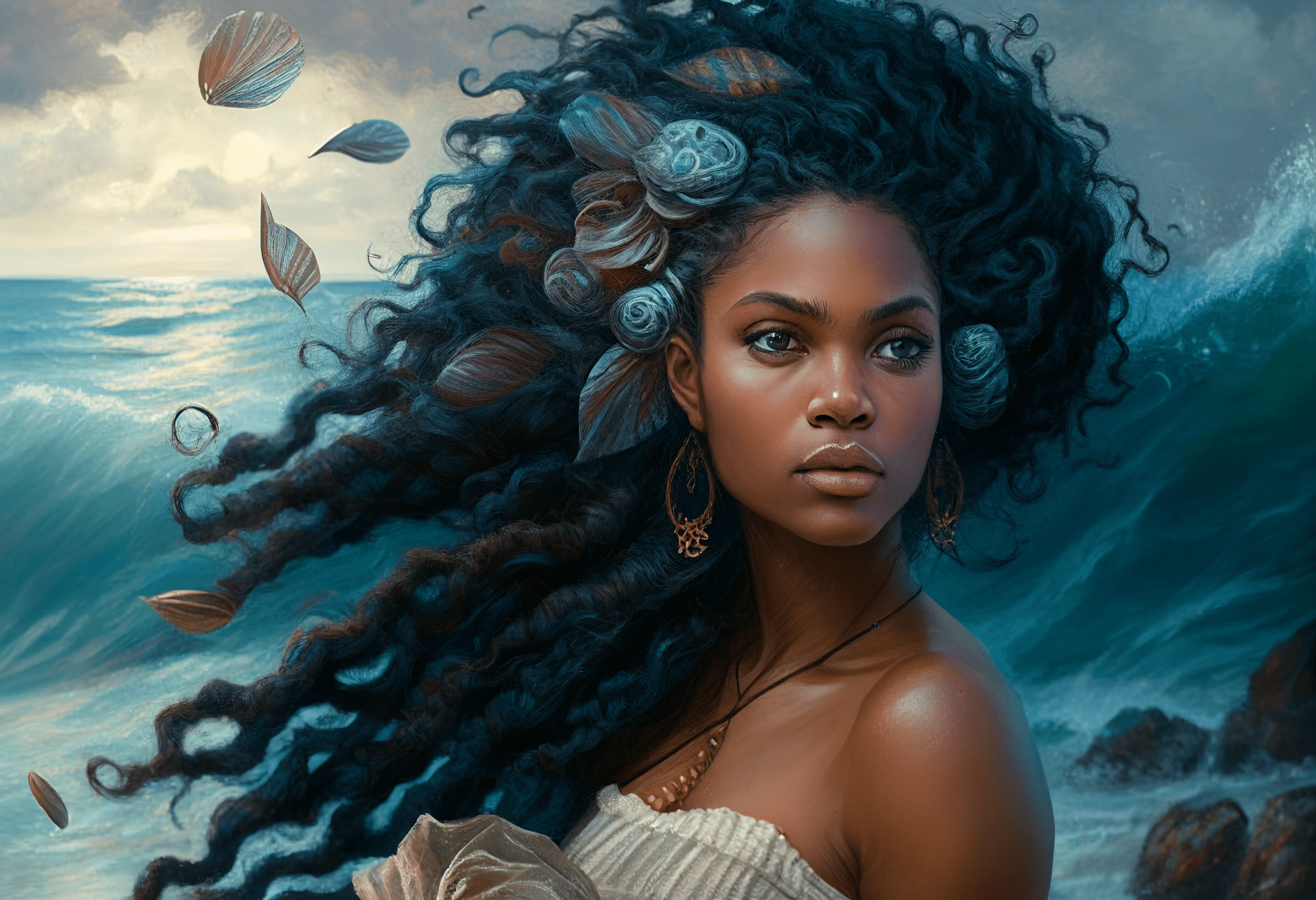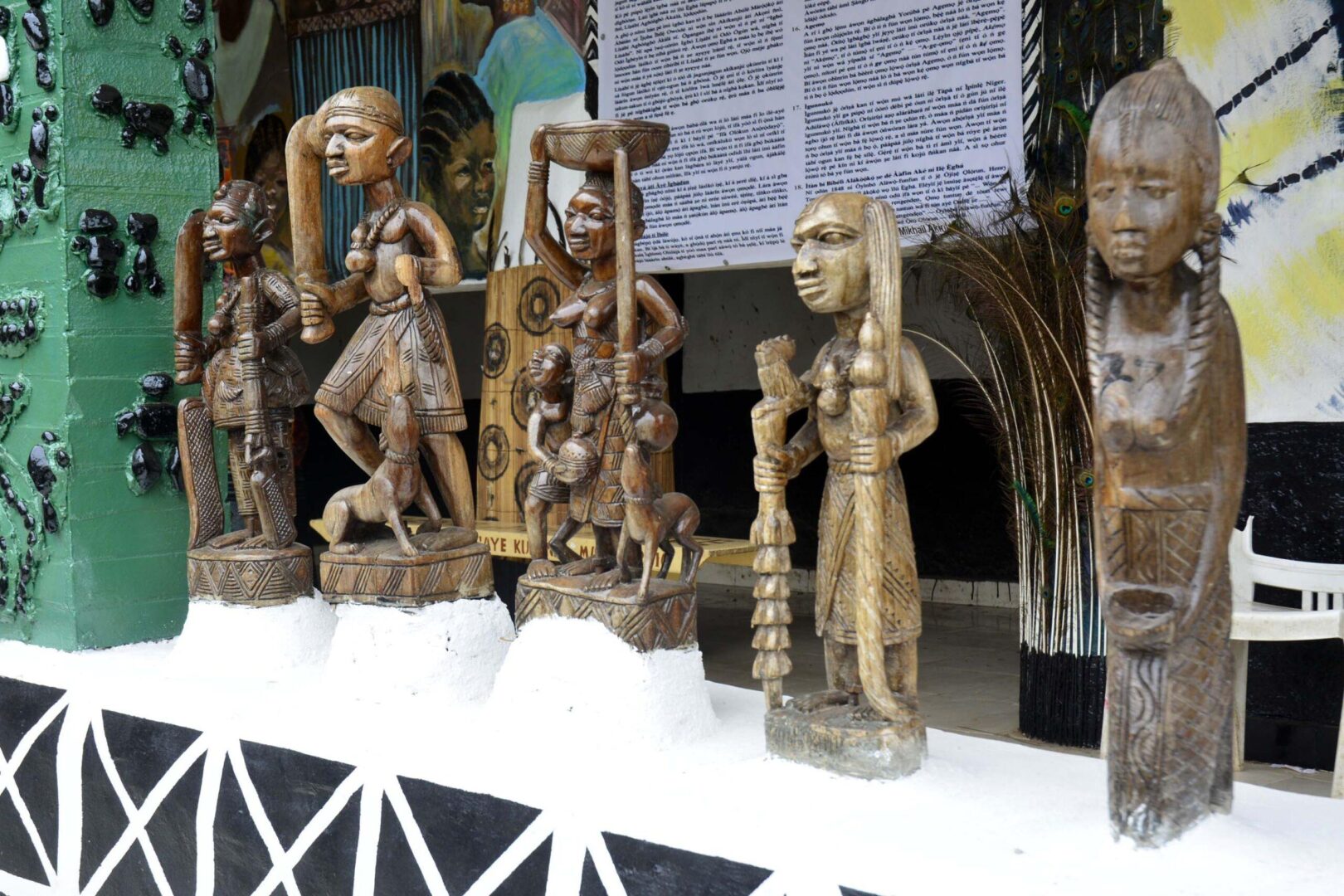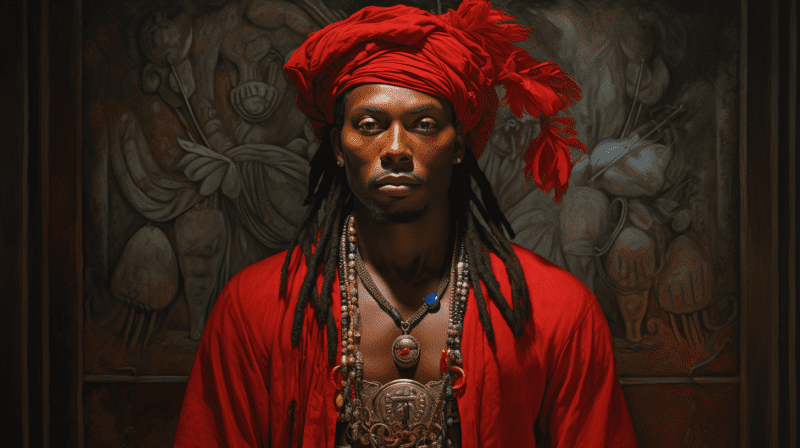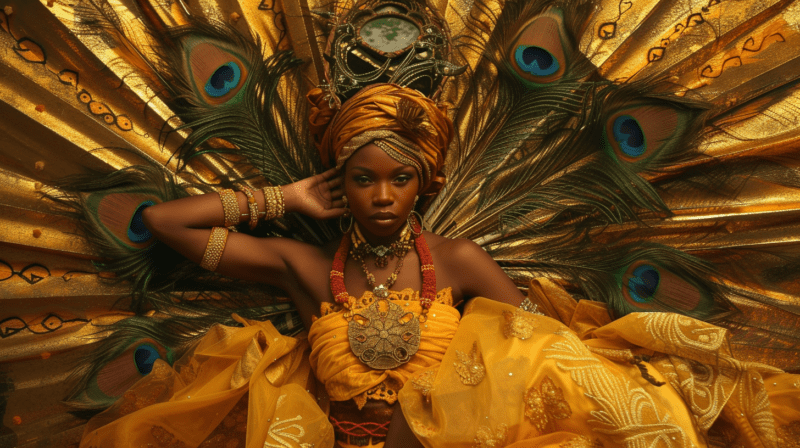The Santera gods, orishas, are the spirits that devotees frequently communicate with. Different believers have different numbers of orishas. There are many orishas in the original African religious system from which Santeria derives. Alternatively, those who practice New World Santeria typically only work with a small number of them.
Orunla
The wisdom orisha of fortune-telling and human fate is called Orunla, or Orunmila. Orunla has just one “path,” or aspect, whereas other orishas have several. He is the only orisha in the New World who does not appear through possession (although it does sometimes happen in Africa). He is instead consulted via a variety of divination techniques.
Orunla was present when humans were created and when souls were created. So Orunla is aware of each soul’s ultimate fate, which is a crucial aspect of Santeria practice. Harmony is promoted by working toward one’s goals. Believers seek understanding as to their destiny and what they might be doing right now that runs counter to that since to move contrary to it causes disagreement.
Although the reasons are not immediately apparent, Orunla is most frequently linked to St. Francis of Assisi. It might have something to do with how Francis is frequently portrayed carrying rosary beads, which resemble Orunla’s talisman chain. Some people also compare Orunla to St. Philip and St. Joseph.
He is symbolized by the table of Ifa, the most intricate divination tool utilized by skilled Santeria priests. His colors are yellow and green.
Osain
Osain is an orisha of nature that controls healing, herbalism, woodlands, and other natural areas. Despite the fact that Osain himself has stopped hunting, he remains the patron saint of hunters. He keeps an eye on the house as well. In contrast to the wild and untamed nature gods depicted in many mythologies, Osain is a decidedly rational character.
Osain once resembled a person (as do other orishas), but he now lacks an arm, leg, ear, and eye; the one eye he does have is positioned in the middle of his head like a Cyclops.
He is required to utilize a crutch made of a twisted tree branch, which is a frequent representation of him. He might also be symbolized by a pipe. His colors include red, white, yellow, and green.
He is frequently linked to Pope St. Sylvester I, but he is also occasionally mentioned in connection with Saints John, Ambrose, Anthony Abad, Joseph, and Benito.
Oshun
Oshun, the seductive orisha of love, marriage, and reproduction, is in charge of the lower belly and genitalia. She is particularly related to female attractiveness and interpersonal relationships in general. Rivers and other freshwater sources are also connected to her.
In one legend, the orishas determined that Olodumare was no longer necessary. Olodumare responded by bringing about a severe drought that none of the orishas could end. Oshun changed into a peacock and ascended to Olodumare’s realm to ask for his pardon in order to save the parched planet. The peacock changed into a vulture as Olodumare gave in and allowed the world to once again have access to water.
Oshun is related to the Virgin Mary’s aspect of charity, known as Our Lady of Charity, who is particularly concerned with hope and survival with regard to the sea. Our Lady of Charity serves as the patroness of Cuba, where Santeria originated.
A peacock feather, fan, mirror, or boat can all serve as symbols for her because they are her colors, which are red, green, yellow, coral, amber, and violet.
Oya
Oya oversees the afterlife and is connected to the wind, ancestors, and cemeteries. She is an imposing, somewhat temperamental orisha who causes electrocution and windstorms. She is a goddess of change and transition. Despite being the supreme fire monarch, according to some, she permits Chango to use fire. She is a fighter as well, frequently seen fighting alongside Chango while donning pants or even a beard.
She is linked to St. Teresa, Our Lady of Mount Carmel, and Our Lady of Candlemas.
Fire, a lance, a black horsetail, or a copper crown with nine points are all symbols for oya, which is also related to copper in general. Maroon is her color.
Yemaya

Yemaya is the patron orisha of lakes and oceans, as well as of mothers and women. She is connected to the sailor protecting Our Lady of Regla. Fans, seashells, canoes, coral, and the moon are symbols for her. Her colors are blue and white. Yemaya is the spiritual mother of all; she is maternal, dignified, and nurturing. In the depths of her waterways, she is an orisha of mystery as well. She is frequently perceived as Oshun, who is in charge of the rivers’ older sister. She is linked to digestive problems and TB as well.





